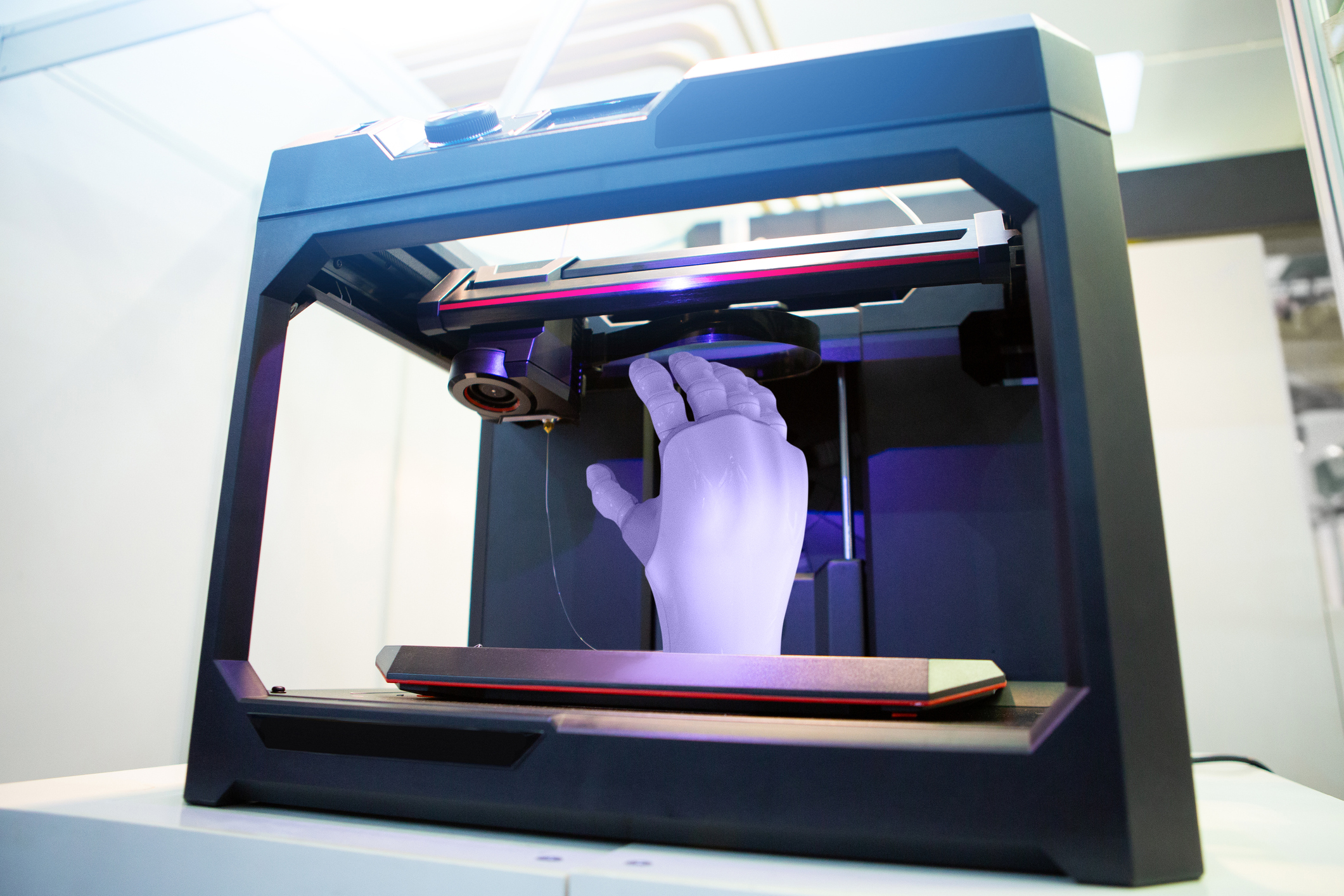Heat-Resistant Materials for 3D Printing: Unlocking New Possibilities
As 3D printing continues to revolutionize manufacturing and design, the demand for heat-resistant materials has grown significantly. Heat-resistant materials allow for new applications, including those in aerospace, automotive, and electronics industries. In this blog post, we will delve into the exciting world of heat-resistant materials for 3D printing and discuss their benefits, applications, and top options available in the market.
Why Heat-Resistant Materials Matter in 3D Printing
Heat-resistant materials offer several advantages in the world of 3D printing:
1.High-Temperature Resistance.
These materials can withstand high temperatures without deforming or losing their structural integrity. That makes them ideal for applications that require exposure to heat.
2.Durability.
Heat-resistant materials are typically more robust and long-lasting. Therefore, they are suitable for producing parts that need to endure harsh environments or wear and tear.
3.Improved Performance.
With the ability to maintain their properties at elevated temperatures, heat-resistant materials offer better performance in high-temperature applications.
Popular Heat-Resistant Materials for 3D Printing
Here are some of the most popular heat-resistant materials used in 3D printing today:
1.PEEK (Polyether Ether Ketone).
PEEK is a high-performance thermoplastic known for its excellent mechanical properties, chemical resistance, and exceptional temperature resistance (up to 482°F / 250°C). It is widely used in aerospace, automotive, and medical industries.
2.PEI (Polyetherimide).
Also known as ULTEM, PEI is a high-performance thermoplastic with excellent heat resistance (up to 356°F / 180°C) and mechanical properties. It is used in industries like aerospace, electronics, and automotive for its dimensional stability and flame resistance.
3.PPSU (Polyphenylsulfone).
PPSU is a high-performance thermoplastic with excellent heat resistance (up to 428°F / 220°C), chemical resistance, and mechanical properties. It is suitable for applications in the medical, automotive, and aerospace industries.
4.Carbon Fiber Reinforced Materials.
By combining heat-resistant materials with carbon fibers, manufacturers can create composites with enhanced thermal resistance and mechanical strength, making them ideal for high-stress applications.
Applications of Heat-Resistant Materials in 3D Printing
Heat-resistant materials are unlocking new possibilities across various industries. Some notable applications include:
1.Aerospace.
Components like engine parts, ducts, and brackets require heat-resistant materials due to their exposure to high temperatures during operation.
2.Automotive.
Heat-resistant materials are used for producing parts like exhaust systems, engine components, and turbocharger housings that need to withstand high temperatures and harsh conditions.
3.Electronics.
In electronics manufacturing, heat-resistant materials are ideal for creating components like connectors, housings, and heat sinks that need to endure high temperatures during operation.
4.Medical.
Heat-resistant materials are essential in medical applications, such as sterilization trays and surgical instruments, which need to withstand high temperatures during sterilization processes.
Conclusion
In conclusion, the growing demand for heat-resistant materials in 3D printing is a testament to the technology’s transformative impact on various industries. As we have explored in this blog post, heat-resistant materials offer numerous benefits. They include enhanced durability, improved performance, and the ability to withstand high temperatures. By understanding the applications and options available in the market, you can make informed decisions when selecting the right heat-resistant material for your 3D printing projects. As the world of 3D printing continues to evolve, we can expect even more innovative heat-resistant materials to emerge. This will further expand the possibilities and potential of this game-changing technology. If you are wondering why printing is still relevant, read our blog 10 Reasons Why Printing Services are Still Essential in a Digital Age

